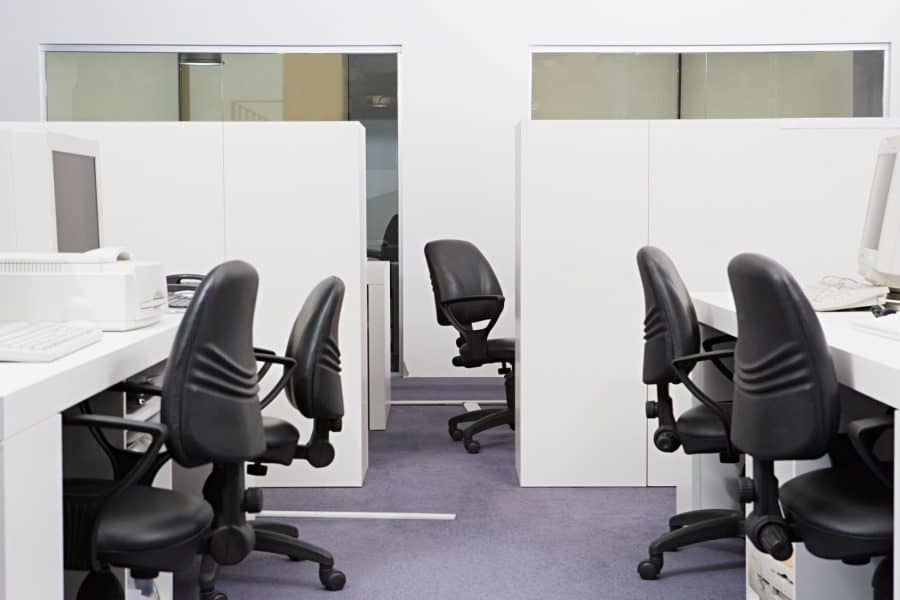
For businesses in sectors like hospitality, healthcare, and industrial services, laundry rooms have become mission-critical. These rooms handle heavy loads of linens, uniforms, and textiles daily, making them highly susceptible to build-up of lint, moisture, and bacteria. Regular laundry room cleaning is essential not only to maintain hygiene but also to ensure regulatory compliance and uninterrupted operations.
But when exactly does a business need laundry room cleaning, and why is it so vital to work with a commercial cleaner rather than rely on in-house staff? This article breaks down the key signs that indicate it’s time to schedule cleaning, outlines cleaning frequency recommendations, and explains the value of working with professionals for optimal results.
Laundry rooms in commercial settings experience constant wear and tear. Machines run for hours, chemicals are used and stored, and lint and dust accumulate in hard-to-reach areas. Recognizing the signs of when to clean can prevent larger issues down the line.
Lint can be an annoyance as well as a fire hazard. The U.S. Fire Administration reports that nearly 2,900 clothes dryer fires occur in the U.S. each year, resulting in approximately $35 million in property loss. Alarmingly, 34% of these fires are caused by failure to clean the equipment properly. If your commercial laundry room shows signs of excessive lint buildup around dryers or vents, this is a clear signal to perform a deep clean immediately.
Laundry rooms with poor ventilation or lingering moisture can quickly become breeding grounds for mold, mildew, and bacteria. According to the U.S. Environmental Protection Agency (EPA), mold exposure can lead to respiratory issues, allergic reactions, and other health complications, particularly in workers with asthma or weakened immune systems. A musty odor or visible mold growth on walls, ceilings, or machines means it’s time for professional cleaning.
When washers or dryers overheat, stall, or emit unusual noises, a lack of cleaning may be the culprit. Dust, lint, and detergent residue can clog vents, restrict airflow, and strain mechanical components. If your laundry equipment breaks down more often than expected, this may indicate neglected cleaning protocols.
In industries such as healthcare and food services, sanitary conditions are non-negotiable. Failing a cleanliness inspection can result in shutdowns, fines, or reputational damage. Proper laundry room cleaning ensures your facility meets the standards set by the Occupational Safety and Health Administration (OSHA) and other regulatory agencies.
There’s no one-size-fits-all answer, but a structured cleaning schedule is essential. The frequency of laundry room cleaning depends on your facility’s usage volume and compliance requirements. You can use the following to guide you:
Daily Cleaning Tasks
Weekly Cleaning Tasks
Monthly Cleaning Tasks
Quarterly or Semiannual Cleaning
Failing to maintain a schedule leads to preventable hazards, inefficiency, and higher long-term maintenance costs.
While in-house staff can handle surface-level cleaning, deep laundry room cleaning should be left to professionals. A commercial cleaning provider is far more than just basic janitorial services. They also bring compliance knowledge, industrial-grade equipment, and risk management expertise.
Commercial cleaners are trained to meet OSHA, CDC, and EPA standards. For example, OSHA’s Bloodborne Pathogens Standard requires that healthcare facilities handle contaminated laundry using specific guidelines, including using leak-proof bags and minimizing agitation to prevent airborne pathogens (osha.gov). A qualified commercial cleaner ensures compliance with such mandates.
Professional cleaning services use high-efficiency particulate air (HEPA) filters, enzymatic cleaners, and specialized tools that remove buildup without damaging equipment. These materials outperform standard supplies, reaching places in and around machines that staff often overlook.
Commercial cleaning companies assess your facility’s needs and create a customized cleaning schedule. This plan accounts for workload fluctuations, machine types, and specific compliance requirements. With tailored scheduling, businesses can ensure laundry room cleaning happens proactively rather than reactively.
Reputable cleaning providers carry liability insurance and provide service documentation. This helps safeguard your business in case of incidents or inspections. In regulated industries, documentation of cleaning practices can also serve as evidence during audits or legal reviews.
Laundry rooms are crucial to your business’s efficiency, safety, and compliance. Yet, these spaces often become overlooked until problems arise. Signs such as persistent odors, frequent equipment failure, or failed inspections all indicate that it’s time for comprehensive laundry room cleaning.
By outsourcing to a qualified commercial cleaner, your business benefits from expert-level service, compliance assurance, and cost-effective maintenance. Don’t wait until a problem becomes a crisis. Establish a cleaning routine that protects your operations, staff, and brand reputation.
In today’s demanding commercial environments, proactive laundry room cleaning is not optional; it’s essential. Contact Prestige Property today!
"*" indicates required fields